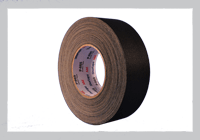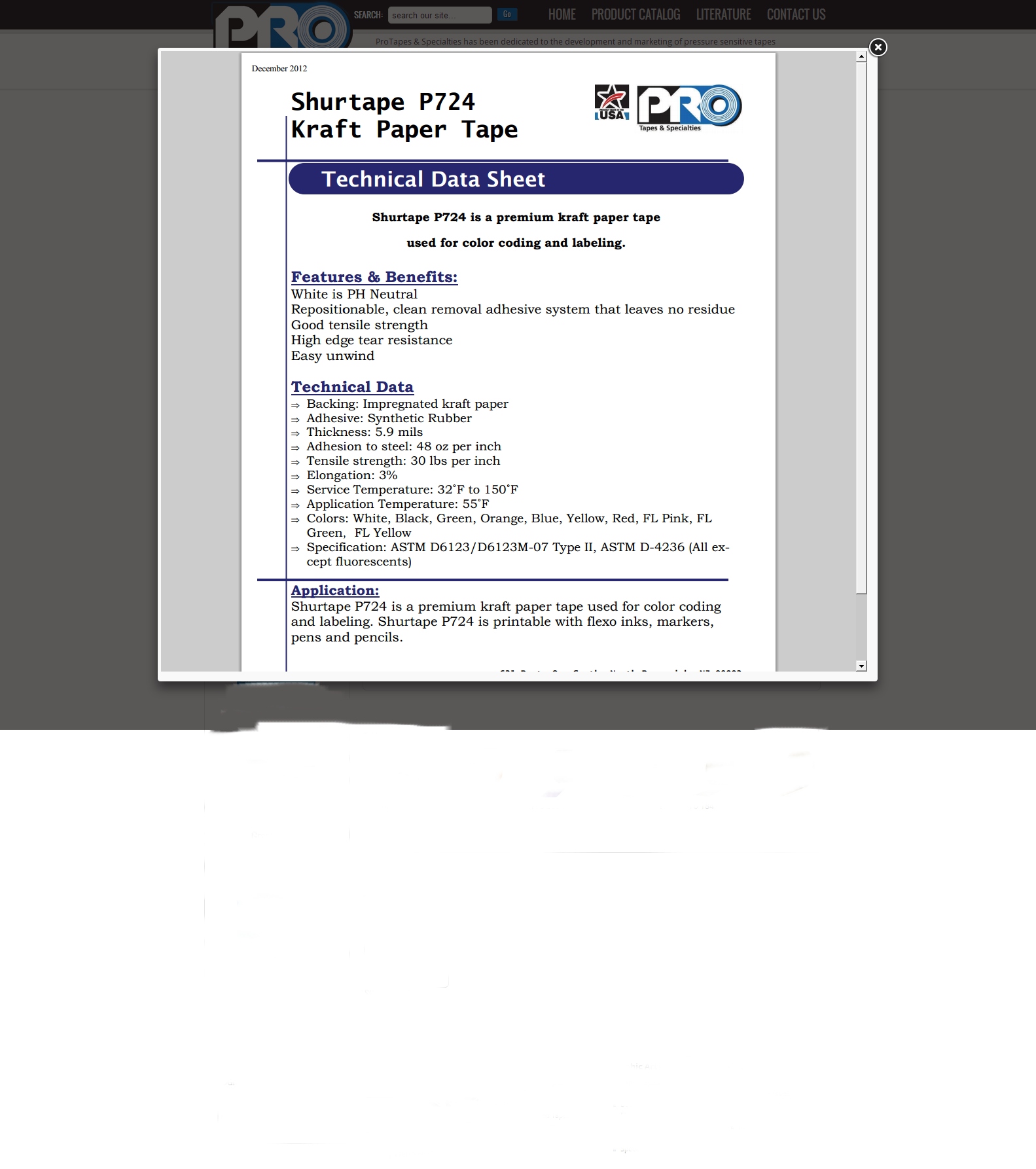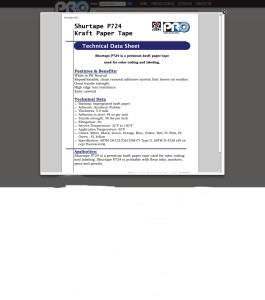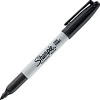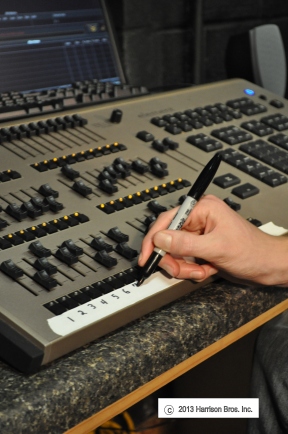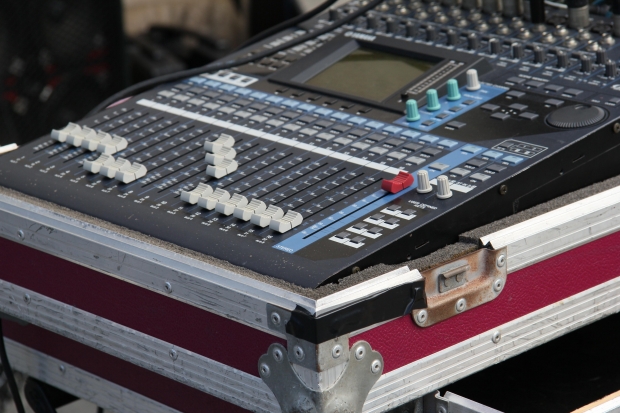 Tool boxes get heavy fast, so any time you can find a single product that fills multiple roles, it can save space and weight.
Tool boxes get heavy fast, so any time you can find a single product that fills multiple roles, it can save space and weight.
While paper console tape can be used for making signs, marking stage and spike marks and creating temporary labels, one job it is not right for is cable bundling.
It is a common practice to use tape to create temporary cable bundles or to secure cables to keep them from tangling.
Unfortunately, the rubber adhesive that makes this tape easy to remove and normally residue free, tends to react with rubber coated audio and power cables and it can leave a mess behind.
If you want to bundle cables with tape, gaffers tape is a much better choice.



